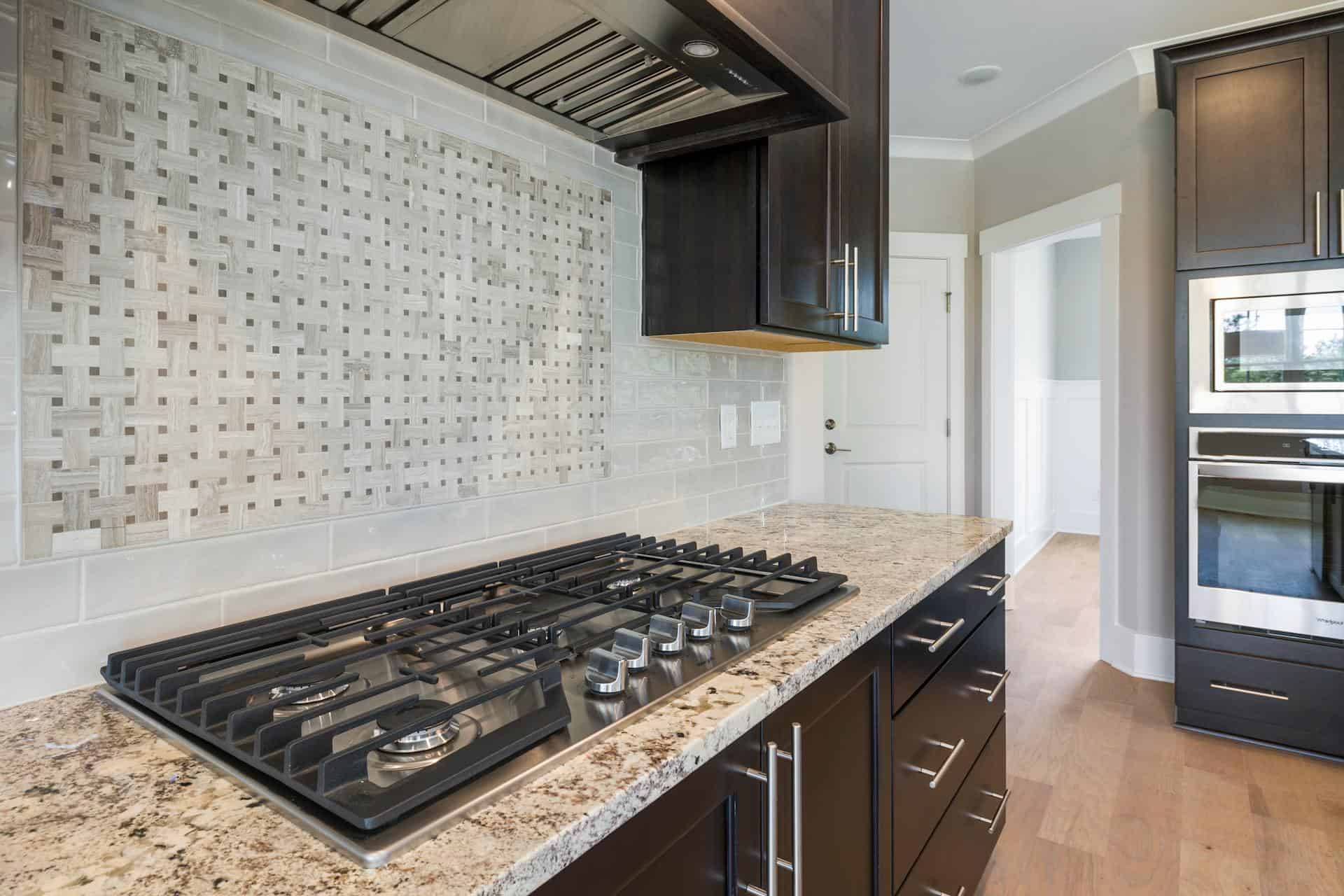
Question: Do Recirculating Hoods Remove Moisture?
Answer: No, recirculating hoods do not remove moisture. They filter grease and odors, then recirculate the air back into the kitchen. A vented hood is required to remove moisture.
Understanding Kitchen Ventilation: Recirculating Hoods
Recirculating range hoods offer a convenient ventilation solution. They filter air and return it to the kitchen. This post explores how these hoods handle moisture, a common kitchen byproduct. We will examine their functionality, benefits, and limitations to help you decide if a recirculating hood suits your needs. Do recirculating hoods remove moisture? Let’s find out.
How Recirculating Hoods Work
Recirculating hoods use filters to clean the air. A fan draws air from the cooking area into the hood. The air passes through a grease filter, typically made of metal mesh or aluminum. This filter traps grease particles, preventing them from accumulating on kitchen surfaces. After the grease filter, the air passes through a charcoal or carbon filter. This filter absorbs odors and some airborne pollutants. Finally, the hood releases the filtered air back into the kitchen.
Unlike ducted hoods, recirculating hoods do not vent air outside. They simply circulate and filter the existing air within the kitchen. This difference is important for understanding their moisture removal capabilities.
Click here for more information on cabinet refinishing Toronto
Related Article: Where Should a Kitchen Vent Hood Be Placed?
Related Article: Where Does Kitchen Exhaust Fan Air Go?
Benefits of Recirculating Hoods
Despite their limited moisture removal, recirculating hoods offer several advantages. They are easier to install than ducted hoods, requiring no external venting. This simplifies the installation process and reduces costs. Recirculating hoods are also more energy-efficient. They do not exhaust heated or cooled air outside, helping maintain a stable kitchen temperature. This can lead to lower energy bills.
These hoods are often more compact and less expensive than ducted models. They fit well in smaller kitchens or apartments where external venting is impractical. Their affordability and ease of installation make them a popular choice for many homeowners.
Limitations of Recirculating Hoods
The primary limitation of recirculating hoods is their limited moisture removal capacity. They cannot effectively reduce humidity like ducted hoods, which can be a problem in humid climates or kitchens with poor ventilation. The charcoal filters also require regular replacement, adding to the overall cost of ownership. These filters typically need replacing every few months, depending on usage.
While they effectively remove grease and odors, recirculating hoods are less effective at removing smoke. For optimal smoke removal, a ducted hood remains the preferred choice. Choosing the right type of hood depends on your individual needs and cooking habits.
Choosing the Right Hood for Your Kitchen
Selecting between a recirculating and ducted range hood depends on your priorities. Consider your cooking style, kitchen size, and budget. If moisture removal is a key concern, a ducted hood is the better option. If ease of installation, affordability, and energy efficiency are more important, then a recirculating hood may be suitable.
Evaluate your kitchen’s ventilation needs. If your kitchen already has good ventilation, a recirculating hood might suffice. However, if you regularly cook moisture-rich foods or live in a humid climate, a ducted hood is recommended.
Conclusion
Recirculating hoods offer a practical and convenient ventilation solution, effectively removing grease and odors from the kitchen. While they absorb some moisture, they do not actively remove water vapor like ducted hoods. Understanding the differences between these two types of hoods is crucial for making an informed decision. Consider your kitchen’s specific needs and choose the hood that best meets your requirements.

Blue Malue Get in touch with Blue here.
